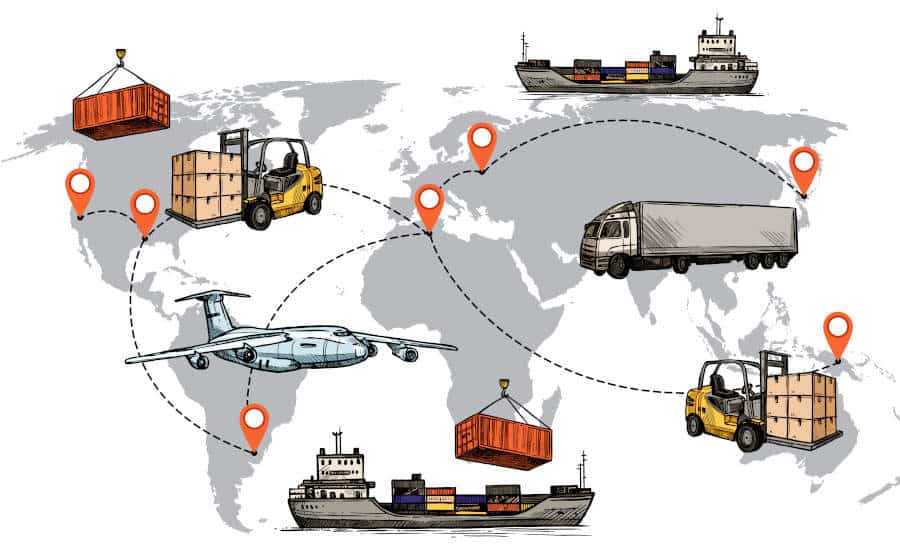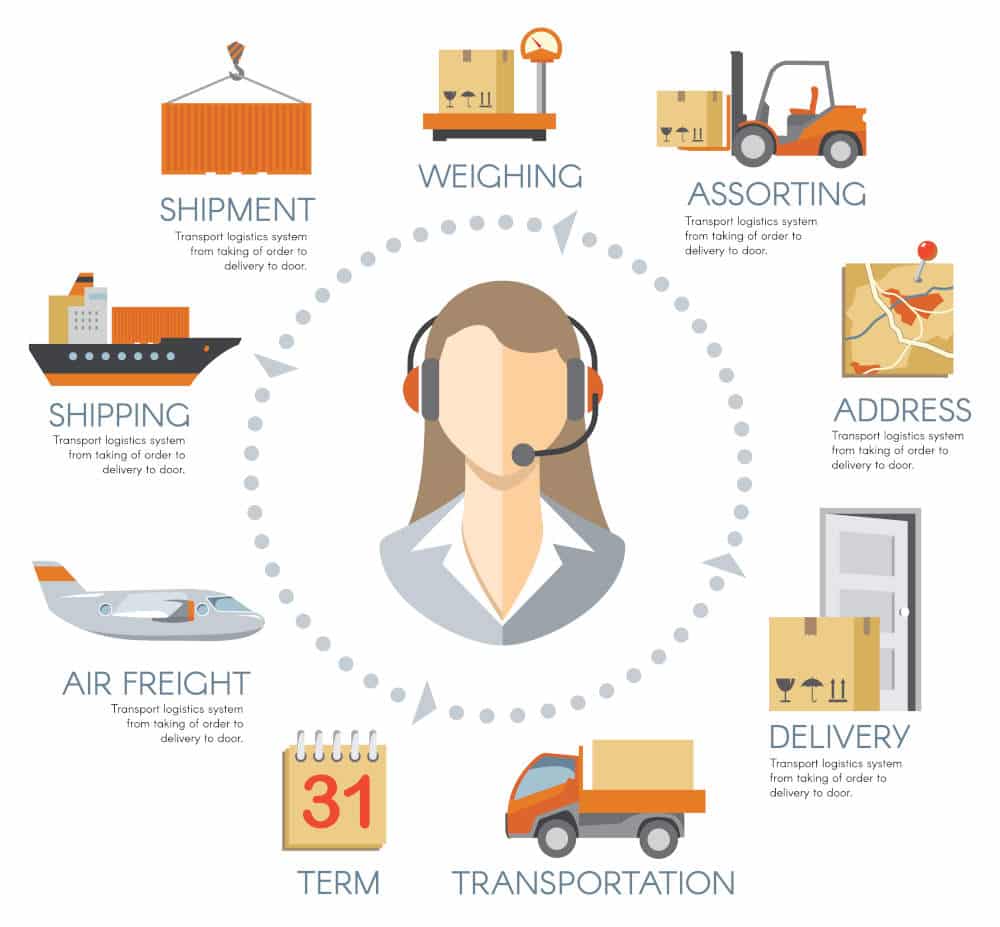It is vital for all businesses, irrespective of their size, to optimize the Supply Chain. This often complex chain extends from the raw material source to the final product delivered to the end customer. Mastering the supply chain can be the deciding factor between a thriving business and one at risk of failing. So, what exactly does it entail?
A Complex Supply Chain
The Supply Chain encompasses all the processes and stakeholders involved in transforming raw materials into finished products and delivering them to customers. It includes an entire network of producers, suppliers, warehouses, transportation companies, distribution centers, and retailers.
The process starts with raw material producers and concludes when the merchandise reaches the final consumer. It’s a complex process as it sometimes involves sourcing components or raw materials from abroad. The Supply Chain also involves managing the associated information and financial flows.
The concept was theorized by American electronic engineer Jay Wright Forrester in 1958. Occasionally, the term is translated as “supply chain.”
The Difference with the Logistic Chain
The term “Supply Chain” is sometimes translated as logistic chain, but this designation is overly restrictive. In reality, the logistic chain is just a segment of the Supply Chain. It becomes relevant when a company receives a customer’s order and continues beyond the delivery with follow-up / quality control actions. Improving each segment of this chain is the aim of Supply Chain Management.

Supply Chain Management (SCM)
In 1982, Keith Oliver, a consultant at Booz Allen Hamilton, coined the term “Supply Chain Management” in an interview with the Financial Times. The 90s saw the emergence of numerous articles and books on the subject.
“Supply Chain Management” (SCM) aims to optimize the relationships within the supply chain, reducing costs and streamlining the production cycle. Thus, supply chain management is a critical process.
SCM systems continually strive to enhance processes and speed. They promote collaboration among various stakeholders in the chain and integrate systems that measure the success or failure of every step within the Supply Chain.
What Are the Steps of a Supply Chain?
Typically, the key steps of a supply chain include:
- Planning inventory and manufacturing processes to balance supply and demand
- Procuring or producing materials needed for the final product
- Assembling parts
- Testing the product
- Packaging the product
- Potentially storing it in inventory
- Transporting the product to the distributor or consumer
- Customer follow-up
- Handling potential customer returns.
Three Types of Flows
SCM integrates the management of three types of flows.
- Physical flows
- Information flows
- Financial and administrative flows

Physical Flows
These correspond to the movement and storage of goods, primarily covering logistics activities. Physical flows include:
- The storage of materials both upstream and downstream.
- The management of transport from the production site to the supplier’s warehouse,
- Transport from this warehouse to a store or other distribution location,
- Delivering merchandise to the customer.
More physical flows increase the need for effective Supply Chain management. There are TMS (Transport Management System) software solutions and CRM (Customer Relationship Management) systems that assist in managing customer demands, limiting stock-out risks, and avoiding excessive inventory, etc.
Information Flows
It’s important to track logistics activities in a database. This database groups data such as:
- Customer personal data
- Supplier data
- Customer reviews
- Etc.
This data contributes to the company’s Big Data and includes information on a given article, the means used for its availability, and the stakeholders involved. The database provides crucial information for forecasting required inventories. There are IT tools that anticipate demands, process orders, and manage supplies.
Financial and Administrative Flows
This involves documents related to orders, payments to suppliers and subcontractors, raw material purchases… All the financial movements generated by the Supply Chain circulate between its various actors (suppliers, subcontractors, customers, and others). This also includes delivery schedules, payment control, etc. These documents are managed by the purchasing, commercial, sales, and finance departments.
Monitoring financial flows helps maintain good cash management. These flows must be processed timely to avoid blockages and processing errors.

What Are the Main Supply Chain Models?
Continuous Flow Model
This traditional model works well for companies that produce essentially the same products with minimal variation. Managers can optimize production times and maintain stringent control over inventory.
Fast Chain Model
This model suits companies selling trend-based products, prioritizing quick market delivery.
Flexible Model
This model is ideal for companies experiencing demand peaks followed by extended demand lulls. Their profitability hinges on accurate forecasting.
A Competitive Advantage
Supply Chain tools make a company’s products accessible anytime, at the best price, while ensuring customer satisfaction. SCM helps balance the cost of supply, transportation expenses, and delivery times. A well-managed Supply Chain offers a competitive advantage, enabling the company to meet its commitments in the long term.











